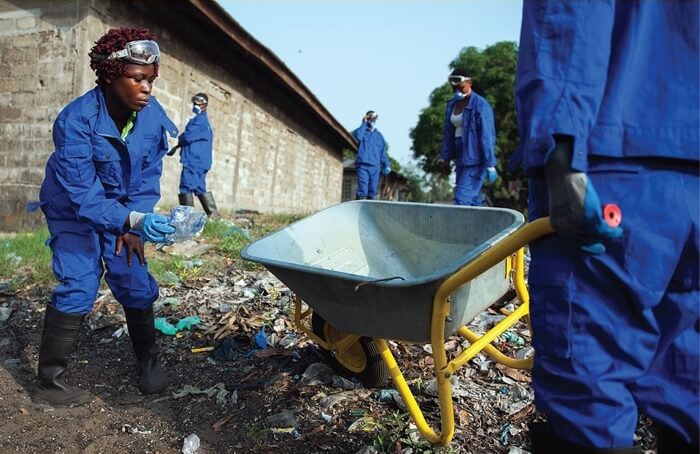Excerpt from therevelator.org
Langkawi is a place of geological significance, a cluster of 109 tropical islands sitting at the interface between the Straits of Malacca and the Andaman Sea. The archipelago’s natural history dates back more than 550 million years, making it the oldest part of Malaysia and the first landmass in Southeast Asia to have emerged from the seabed. The archipelago is celebrated for its ancient rock formations and geological structures, with plenty of minerals and fossils.
In appreciation of its geological heritage it was awarded the UNESCO Global Geopark status in 2007, the first place in the region to be accorded that status.
Langkawi consists of a wide range of productive habitats, from marine ecosystems, riverine landscapes and lowland forests to rainforest-covered mountains that are home to a plethora of wildlife. Some species are endemic to the area, including the bent-toed gecko (Cyrtodactylus langkawiensis) and Maxburetia gracilis, a type of palm. Ancient palm-like cliff cycads (Cycas clivicola) dating back 270 million years can also be found in Langkawi, making the area an evolutionary laboratory for some flora and fauna. Langkawi also has its famous flying five: the colugo (Galeopterus variegatus), the red giant flying squirrel (Petaurista petaurista), the flying paradise tree snake (Chrysopelea paradisi), the twin-spotted flying frog (Rhacophorus bipunctatus) and the flying dragon (Draco sp.).
Unknown to many, the coastal waters around Langkawi harbor at least five marine mammal species. It is one of the few places in the region that hosts relatively healthy populations of cetaceans. Some of the largest known group sizes of Indo-Pacific finless porpoises (Neophocaena phocaenoides) and Indo-Pacific humpback dolphins (Sousa chinensis) have been observed and recorded in the area. Moving farther offshore of Langkawi, you may be greeted (if you’re lucky) by species such as Bryde’s whales (Balaenoptera edeni), Indo-Pacific bottlenose dolphins (Tursiops aduncus) and spinner dolphins (Stenella longirostris). Closer to the mainland you may find elusive and endangered Irrawaddy dolphins (Orcaella brevirostris).

Island Innovation is a social enterprise and digital media company at the intersection of sustainable development and communications, offering specialised services across various sectors. We bring together the private sector, government, utilities, NGOs and universities to advance innovation for sustainability and prosperity in islands worldwide.















